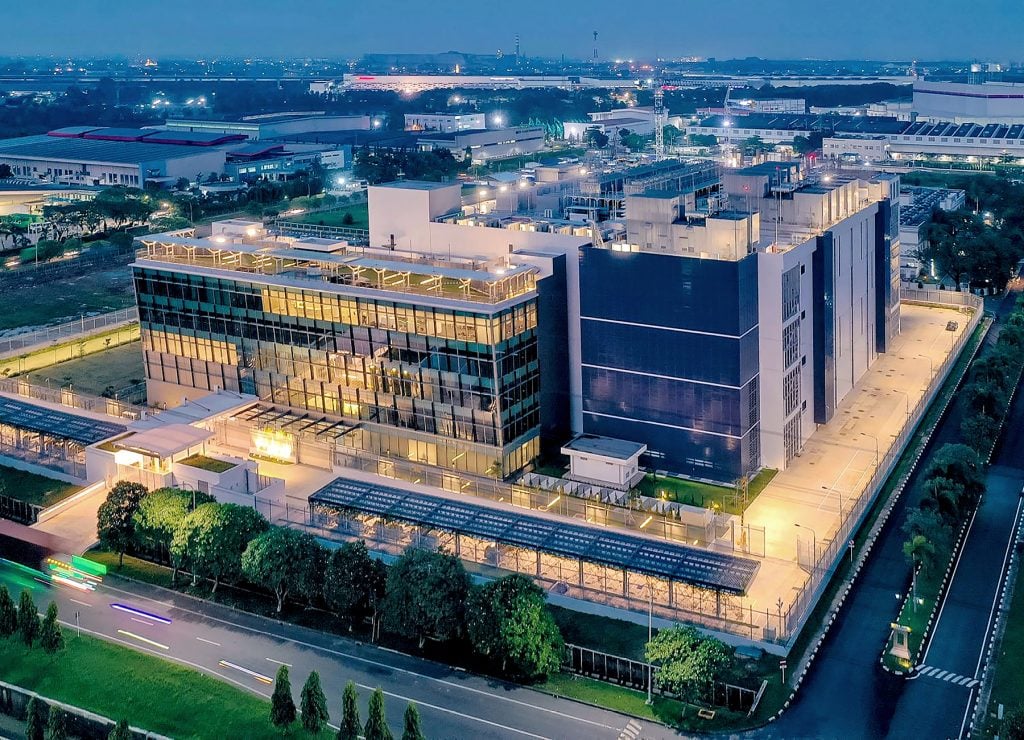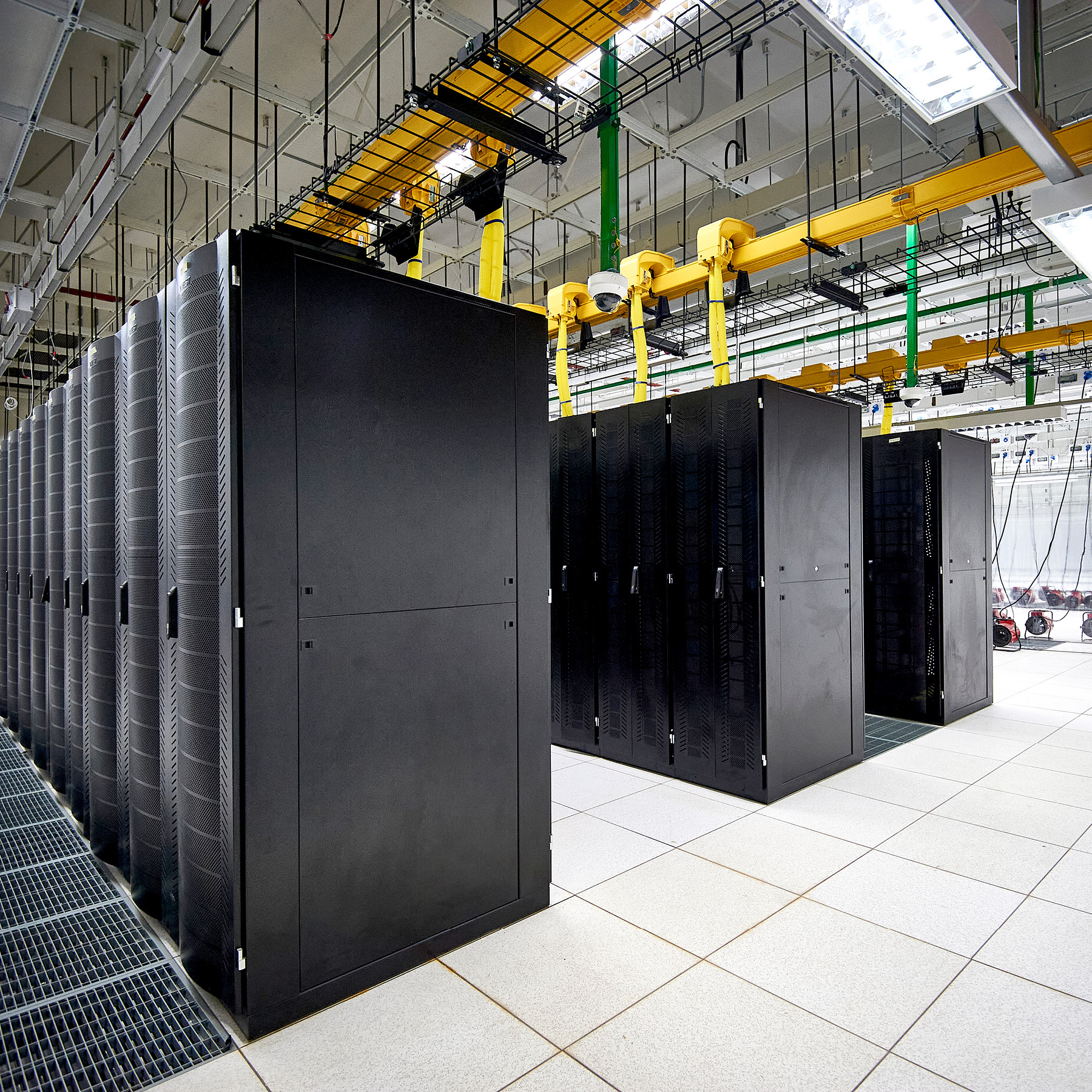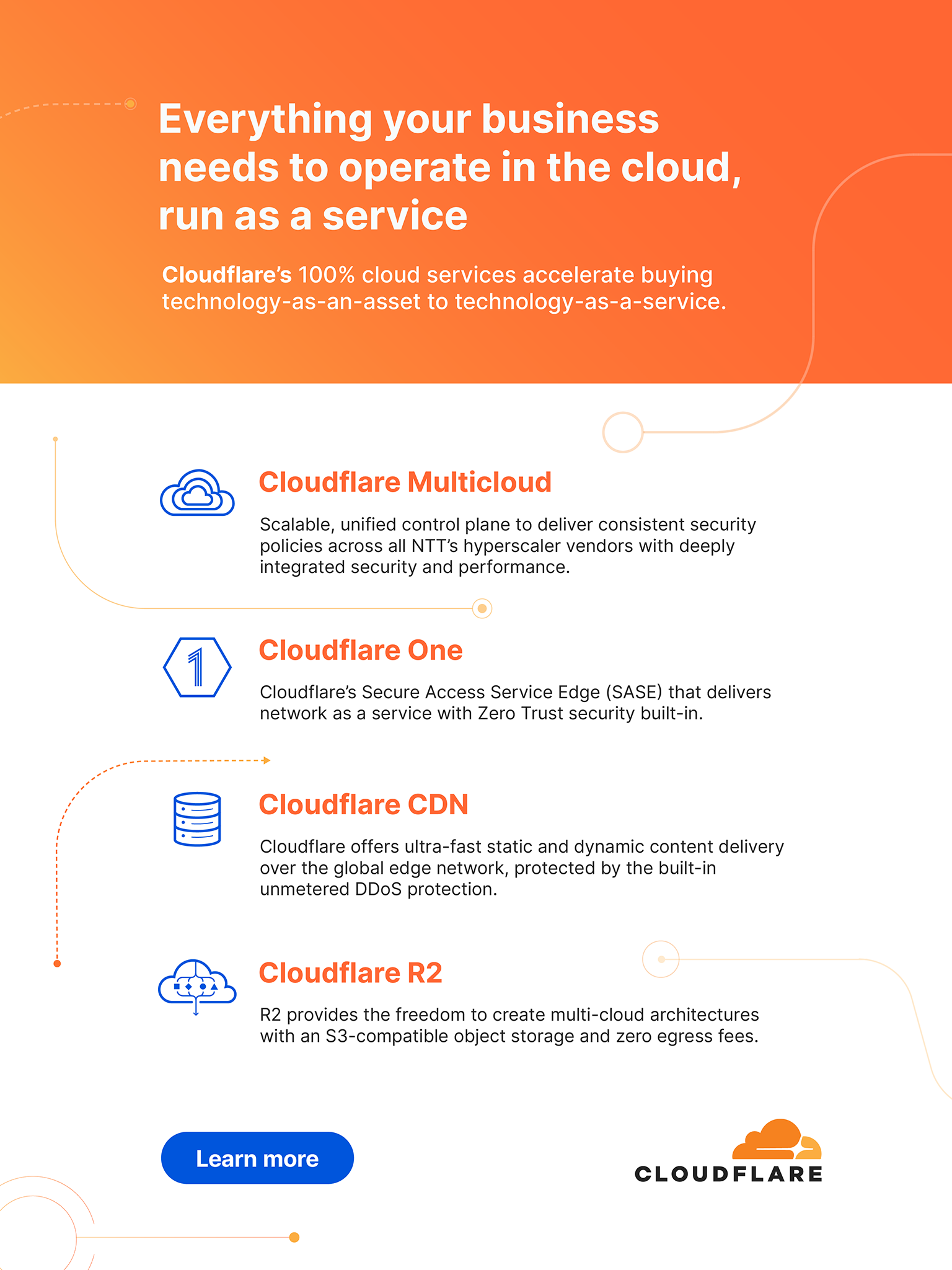Transformation is the pulse of any successful business. Just as customers grow and change day-to-day, so must the companies serving their needs. If you’re evolving, you’re surviving. If you’re standing still, check your pulse.

The COVID-19 pandemic was a major shakeup on the road to the connected future. The chaos brought about by lockdowns and restrictions forced businesses of all sizes to modernize their operations, but many were left at a loss as to how best to do so.
So radical was the shift caused by the pandemic that even companies in charge of stewarding such transformations were made to change. In the case of leading IT infrastructure and services company NTT Ltd., it meant a large business became a very large business.
“A lot has changed in the last five years,” says John Lombard, CEO Asia Pacific at NTT Ltd. “The business is many times bigger than it was in 2017.”

People are working at home, in hospitals, in mines, but they all need access to information and data at the edge.
Bringing companies together
At that time, NTT Ltd. was yet to formally exist. Instead, it was seven different companies in the Asia–Pacific region, which were brought together in 2019 by Japanese parent company NTT Group to create NTT Ltd. as it exists today.
One of those companies was Dimension Data, of which Lombard was CEO Asia Pacific. “I was honored to be given the opportunity to lead the new company,” he says. “We were able to expand and build upon the services and capability we could offer our clients, and we’ve organically expanded the business significantly each year.”

NTT overhauls and modernizes your network to allow you to access what you need when you need it, and for it to work all the time.
Those services include cloud and edge computing, global data centers, networks as a service and private 5G, all of which work to accelerate a company’s digital transformation and enable greater connectivity. In today’s work-from-home world, those are extremely valuable assets.
“Before the pandemic, people might do a little bit of work at home; all of a sudden, everyone was located at home,” Lombard says. “So that really drove a rethink about how we engage with our clients and the types of services we need to offer.”
Workplace solutions were redefined almost overnight, he says. “People are working at home, in hospitals, in mines, but they all need access to information and data at the edge.” NTT Ltd.’s response was its private 5G network, which reduces latency and allows for a much faster distribution of data.
Work–life rebalance
A rebalancing of work and life has become another priority in post-COVID-19 employment, with companies taking more time to ensure its people are looking after themselves. “As a company, we’re embracing a very realistic, humanistic way of communicating,” Lombard says. “We encourage people to get out of the house and reach out to friends and colleagues if they need help. Also, I think having a healthy sense of humor is incredibly important.”
If this element of NTT Ltd. is the soul of the company’s future growth, then its heart is its four growth priorities, which Lombard says will carry it into the future. The first is what Lombard calls “network as a service”. “Whether it’s healthcare workers needing to access IoT devices or machine learning at the edge, any of these things require a really robust network, and that’s what we do.
“NTT Ltd. overhauls and modernizes your network to allow you to access what you need when you need it, and for it to work all the time.”
The second growth area is “multi-cloud as a service”. As reliance on the cloud has grown, companies previously unfamiliar with the technology have needed assistance getting across its applications. “So many organizations are looking to move their infrastructure to the cloud, and they need help with that,” Lombard says.
“The reality is these companies aren’t using just a Microsoft cloud or a Google cloud, they’re using a combination and some others as well. They need an organization that can help them navigate the complexities of a multi-cloud world with managed security services to keep their business safe and compliant, and we can do that.”
Edge computing is, as its name suggests, another area that’s on the frontline of innovation, and as such requires a hand to get across. “If you think about a typical wi-fi network, imagine six times the speed and significantly increased coverage, like an entire university campus or a remote mining site. There can’t be any delay there,” he says. “And the amount of devices that sit in these sites at the edge is expanding exponentially.”
Only private 5G has the ability to bring modernity to these situations, he says. “Private 5G allows you to make decisions in real time at the edge, and that’s crucial. There can’t be any latency or delay.”

Private 5G allows you to make decisions in real time at the edge, and that’s crucial.
The final piece of the NTT Ltd. pie is “software defined infrastructure”. “In the old days, organizations would deploy technology in a data center and someone would have to go on site to configure the hardware. All of that is now downloaded through software from the cloud,” he says. “Again, we’re able to support our clients in that journey.”
As for NTT Ltd.’s own journey, the future will be defined by the creation of NTT Data, Inc., a new operating company formed from a merger of NTT Ltd. and NTT Data outside of Japan.
“It’s really exciting,” Lombard says. “All of a sudden, the infrastructure services offered by NTT Ltd. will combine with the application services that NTT Data offers together in a single company for the first time in NTT’s history. It will really drive our ability to grow and support our clients in their digital transformation journey.”



